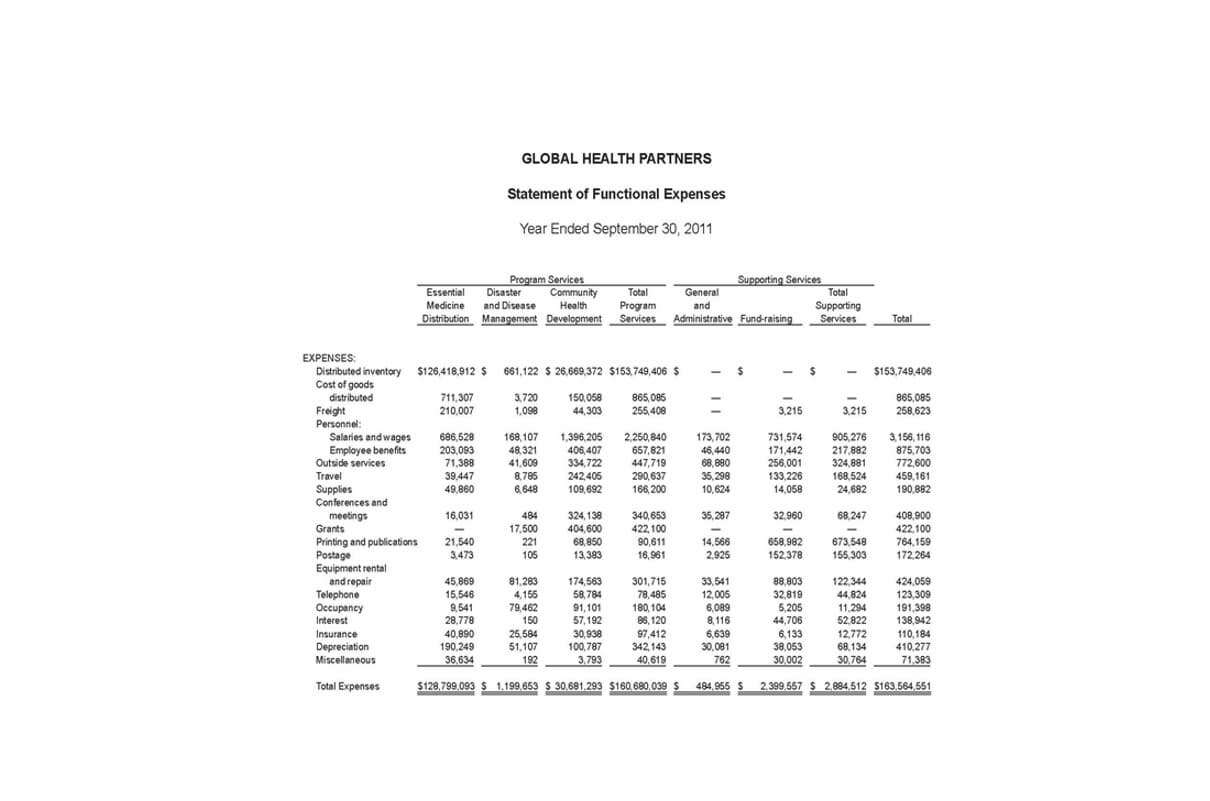
Beyond definitions, there are some important distinctions between cash and cash equivalents. It’s important to note that these investments are only considered equivalents if they are readily available and are not restricted by some agreement. For instance, if a company has a loan that requires it to maintain a minimum level of their treasure bills, these T-bills cannot be considered equivalents because they are restricted by the debt covenants. First, owners and investors can contribute money to the business in exchange for a percentage ownership in the company. Second, the company can generate money from selling goods or services to customers as part of its ongoing operations.
5.3.5 Cash flow presentation of restricted cash and restricted cash equivalents
It functions admirably is petty cash a cash equivalent to cover small unrehearsed expenses — like a tip for the youngster conveying pizzas to the lunch meeting, or taxi fare home for employees working late. It saves the problem of repaying individuals or anticipating that they should pay out-of-pocket for business related things. “Petty cash” and “cash close by” sound a great deal the same, and they do overlap. The custodian will be the primary person in the organization responsible for managing the petty cash. Certificates of Deposits (CD’s) are usually recorded as short-term investments. Strong internal controls should be applied in the company because the availability of cash does not mean that everyone can approach it and use it for any purpose.
Cash & cash equivalents
The utilization of a petty cash fund can dodge certain internal controls. Notwithstanding, the availability of petty cash doesn’t mean that it very well may be accessed for any purpose by any person. Often, a couple of people are authorized to endorse distributions and can do as such for expenses related to genuine company activities or operations. A petty cash fund will go through periodic reconciliations, with transactions likewise recorded on the financial statements. In larger corporations, every department could have its own petty cash fund.
- If you’re like most people, you carry a debit card, bills, and spare change.
- Specifically, it shows cash movements from operating activities, from investing activities, and from financing activities.
- A small organization that incurred few transactions should maintain a small amount of petty cash.
- These expenses have no material effect and generally do not require a high level of authentication for their payment.
- It’s important to note that these investments are only considered equivalents if they are readily available and are not restricted by some agreement.
- He started AnalystAnswers to provide aspiring professionals with accessible explanations of otherwise dense finance and data concepts.
Examples of Cash and Cash Equivalents
You can also look at the cash flow statement for a more detailed analysis of how cash is generated and spent over the previous financial period. Modern finance tools like BILL can provide even more insight into how your business is managing cash flow, with real-time reporting, future-focusing forecasting, and spend management functionality. Moreover, cash carries virtually no risk, since it doesn’t fluctuate with interest rates or market conditions in the same way that certain investments, even short-term ones, do. On the downside, the convenience of petty cash can also make it a problem, and a risk. Cash is hard to secure and impossible to track; it’s very easy for bills to disappear without a trace—even if you’ve established a careful system of receipts or vouchers. The custodial duties generally include enforcing petty cash rules and regulations, requesting replenishments, and dispensing funds.
- Liquidity ratio calculations are important to determine the speed with which a company can pay off its short-term debt.
- Inventory is a short-term asset that’s highly liquid, but is it a cash equivalent?
- While it ought not be a routine practice, petty cash after all other options have been exhausted can be utilized to make change for customers, in the event that the till’s running short.
- What amount should Inch report as cash and cash equivalents in its December 31, Year 1, balance sheet?
- Furthermore, employing technologies like receipt scanning and cloud storage can safeguard documentation and assist with easy audits.
How is petty cash reported on the financial statements?
Cash and cash equivalents (CCE), also known as liquid assets, are financial assets that are readily convertible into cash. These assets include actual currency in hand, funds held in bank accounts, and other highly liquid investments with short maturity periods. CCE is an important component of a company’s balance sheet, representing the financial strength and liquidity of the business. Cash is often reported within the asset category called cash equivalents. Cash equivalents are short-term, highly liquid assets that can readily be converted into known amounts of cash and with little risk of price fluctuations. An example of a short- term cash equivalent asset would be one that matures in three months or less from the acquisition date.

So petty cash alludes to a small sum of money set to the side for silly or little purchases, rather than major expenses or bills. Keeping cash around in a business always comes with a high degree of risk. Cash is the most liquid of the financial assets and is the standard medium of exchange for most business transactions. The main retained earnings idea behind this sub-account is to meet the daily expenses and bypass the lengthy procedure of making cheques.
2: Cash and Cash Equivalents
The security perspective is often important to small companies, who have long feared that keeping cash around is an invitation to crime. These expenses have no material effect and generally do not require a high level of authentication for their payment. Understanding the advantages and disadvantages of petty cash is essential for making informed decisions. The security aspect is often important to small companies, who have long feared that keeping cash around is an invitation to crime. My Accounting Course is a world-class educational resource developed by experts to simplify accounting, finance, & investment analysis topics, so students and professionals can learn and propel their careers. Shaun Conrad is a Certified Public Accountant and CPA exam expert with a passion for teaching.

Is petty cash a fund asset or liabilities?

Keeping a meticulous record of petty cash transactions is non-negotiable. Initiate this by noting essential accounting entries in a petty cash log, capturing the date of the transaction, reference number, payee’s name, a succinct description of the expense, and the amount disbursed. Additionally, for organizations that disburse payments in contexts such as research, maintaining a secure payment log is an important protocol. If payment is https://www.bookstime.com/articles/full-time-equivalent made to anonymous research subject(s), the receipt or log must be signed by the Project PI, ensuring accountability. When a petty cash custodian replenishes funds, the accounting journal entries are crucial to capture these financial movements accurately.

